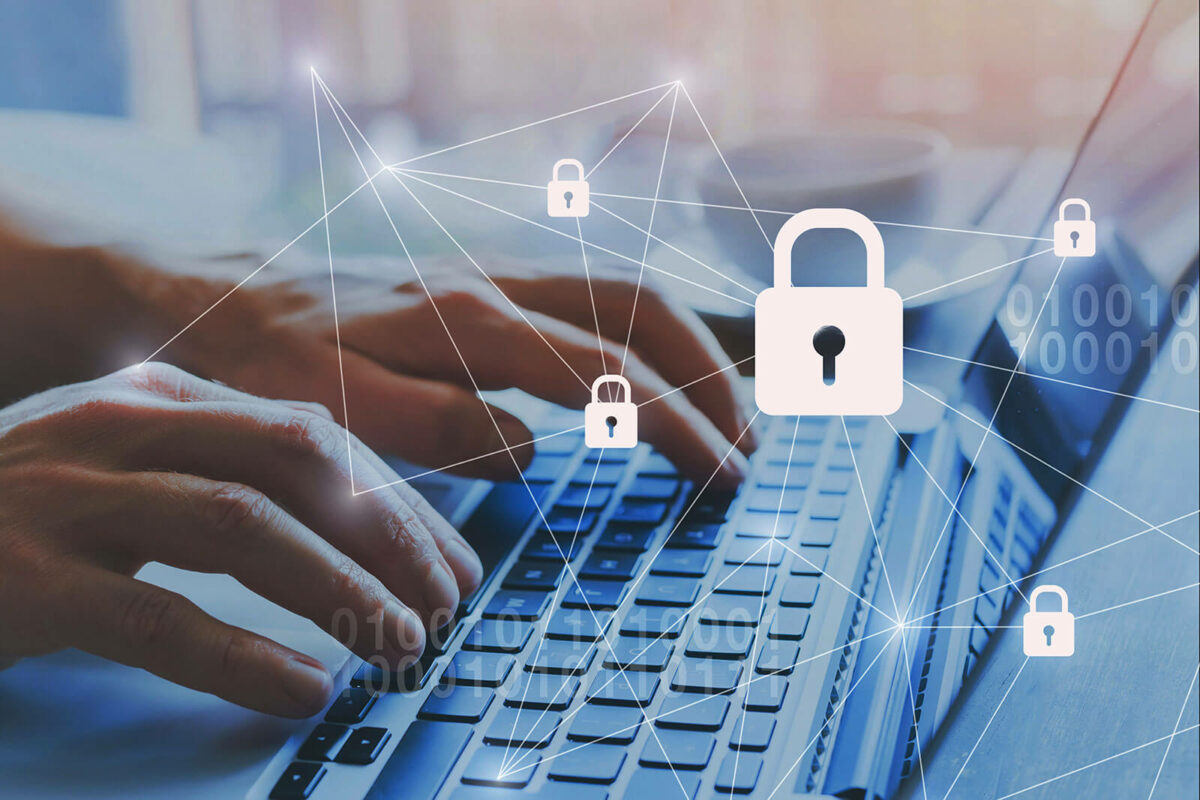
Microlearning and Its Impact on Users and Cybersecurity
Technology is everywhere in society these days, from our communication and shopping to commerce capabilities. Whether email, online purchases, or using the blockchain, it amounts to large amounts of data collected about people. All this data, while easy to store, is also harder to manage and protect. Users exhibit various behaviors when interacting with this data, and technology tracks those behaviors to effectively identify a specific person based on geography, time, and frequency.
Along the way, people are prone to make errors. Microlearning can help teach users how to reduce or eliminate such errors. When they do something non-optimum, the user receives a small learning mission to complete to help understand the mistake without feeling inadequate or reprimanded.
Over the past ten years, organizations have slowly adjusted their focus toward securing their users at both the human and technological levels. An example of this is utilizing security awareness and training programs.
In the past few years, there has been a shift to evolving the awareness programs to a robust security culture supported by the concept of microlearning. The notion of microlearning goes back to the late 1800s with German philosopher Hermann Ebbinghaus. Ebbinghaus studied memory and, through research, developed the Forgetting Curve model, which examines the exponential concept of forgetting information that one has learned.
Reviewing smaller chunks of information over a period of days makes people less inclined to forget something. Information becomes reinforced when users are educated on several security awareness concepts over several days and weeks, then reintroduced to smaller chunks of that learning over time.
Microlearning supports the delivery of smaller chunks of information that can be delivered frequently to the user, improving one’s ability to retain knowledge more easily. Such training can be presented in various ways or forms to complement the initial delivery, such as videos, posters, emails, newsletters, and lunch n’ learns. These added forms or methods can increase the ability to retain knowledge and help users become a stronger last line of defense for your organization.
Information used in this article was provided by our partners at KnowBe4.